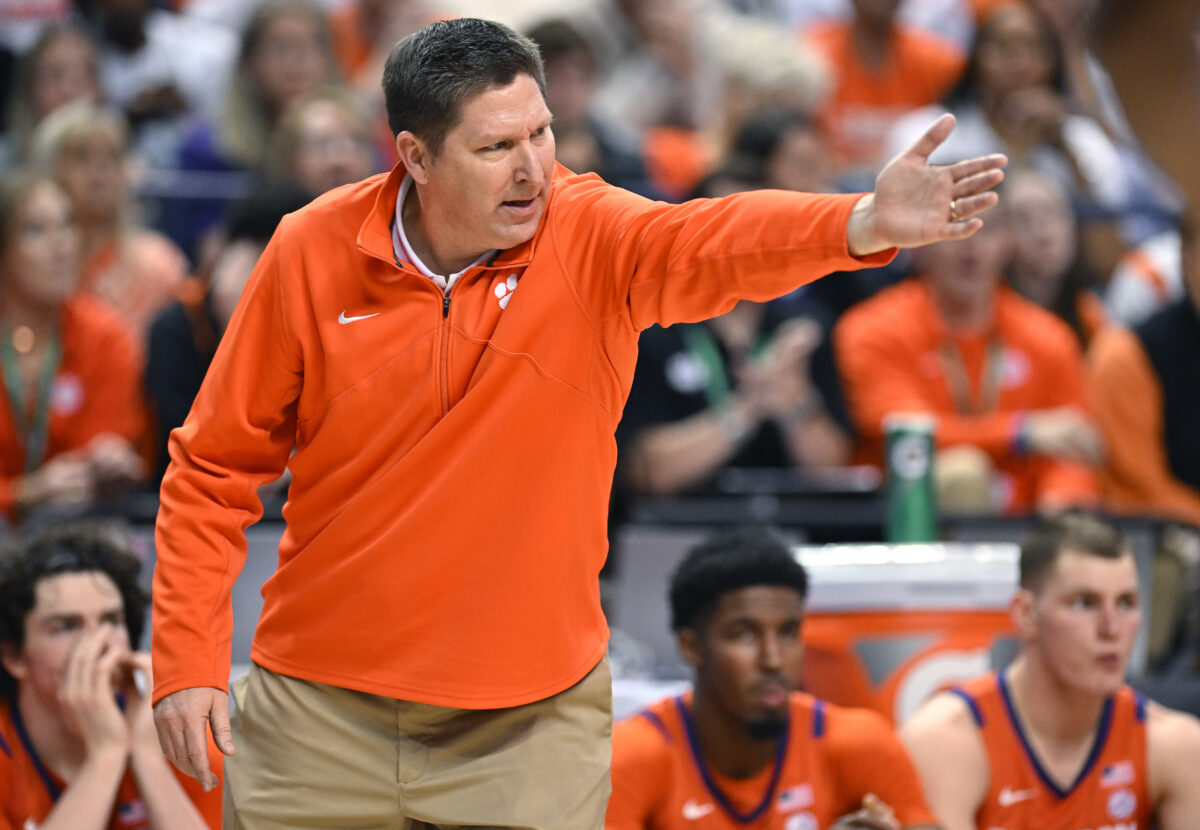Could Clemson be planning an exit from the ACC? In a wide-ranging report from Yahoo Sports on the state of college football Friday, Clemson leaving the ACC with several other current conference members is floated as a possibility by veteran college football reporter Ross Dellenger.
Could Clemson be planning an exit from the ACC?
In a wide-ranging report from Yahoo Sports on the state of college football, Clemson leaving the ACC with several other current conference members is floated as a possibility by veteran college football reporter Ross Dellenger.
Much of Dellenger’s story centers on College Football Playoff expansion and revenue distribution. It also mentions growing unrest by several ACC schools over their dissatisfaction with the league, including Clemson.
Last May, Dellenger reported that seven ACC schools met to discuss a possible exit strategy from the ACC. At issue was the league’s equal revenue-sharing model, which the seven schools oppose.
Clemson was mentioned in concert with Florida State, Miami, North Carolina, NC State, Virginia, and Virginia Tech as schools that met during the ACC’s annual spring meetings in 2023 to discuss exploring ways to challenge the league’s grant-of-rights document in an effort to leave the conference.
Those schools, purportedly led by Florida State and Clemson, later endorsed a plan that advocated for larger payouts by the ACC to schools based on on-field performance/success in postseason play. Clemson and FSU are the only ACC schools that reached the four-team College Football Playoff from 2014-2023.
Now, months after Florida State filed a lawsuit against the ACC in open court over the school’s desire to leave the conference, Dellenger reports that Clemson has also consulted with its own attorneys to discuss legal options.
Per Dellenger’s story:
Attorneys for Clemson have spent the last several months gearing up for legal action of their own, sources with knowledge of the discussions tell Yahoo Sports.
More secession attempts could send the conference into chaos. The outcomes of any Florida State or Clemson exit — can they break free of the grant-of-rights? — may chart a path for the other members of the seven, most notably North Carolina, the most attractive of the (other) programs.
Dellenger’s report noted that a date was looming as a possible turning point for the league and the seven ACC schools.
While ESPN’s contract with the ACC extends through 2036, the network has the option to opt out of the final nine years starting in 2027, a way that ESPN itself could possibly reopen the grant-of-rights, or at the very least, restructure the deal.
Could a restructured deal with uneven distribution prevent more departures? Would an ESPN opt-out swing open the door for more schools to exit?
The network must exercise the option by February 2025.
Where the seven ACC schools could potentially go, should they leave the conference, is a topic of much discourse. But in Clemson’s case, it’s hard to imagine the SEC wouldn’t be interested in adding Dabo Swinney’s program.
SEC commissioner Greg Sankey has thus far expressed reluctance, at least publicly, on the potential addition of new conference members after his league’s ground-shaking announcement in 2021 that it planned to add Texas and Oklahoma from the Big 12. The Longhorns and Sooners will become SEC members later this year.
But that was before the Big Ten added USC and UCLA in 2022 and before Oregon and Washington joined the conference a year later amid the complete collapse of the Pac-12.
Since then, the “haves and have-nots” of college football keep growing further apart. Dellenger repeatedly underscores that in his report by reinforcing that the SEC and Big Ten are now college football’s “Power Two” conferences.
He adds that a new College Football Playoff revenue-distribution model is being floated that could widen the gap even further between the leagues by distributing “millions in additional revenue” to the SEC and Big Ten, far outweighing what the ACC and Big 12 would receive.
In a proposal socialized with administrators this week, the Big Ten and SEC would combine to earn about 58% of the CFP’s base distribution — a figure that will certainly grow in participation distribution as their individual schools earn more revenue for qualifying and advancing through the playoffs. The figure would greatly exceed the ACC and Big 12’s combined distribution number, which is expected to be around 31%. The remaining amount (roughly 10%) will be distributed to Notre Dame and the 64 Group of Five teams.
February 2025, the possible inflection date, is now less than a year away. And as we’ve learned time and again since the start of conference realignment, the whispers, rumor mills, and overall uncertainty about the future of college football are only going to ratchet up even more over the next several months.









